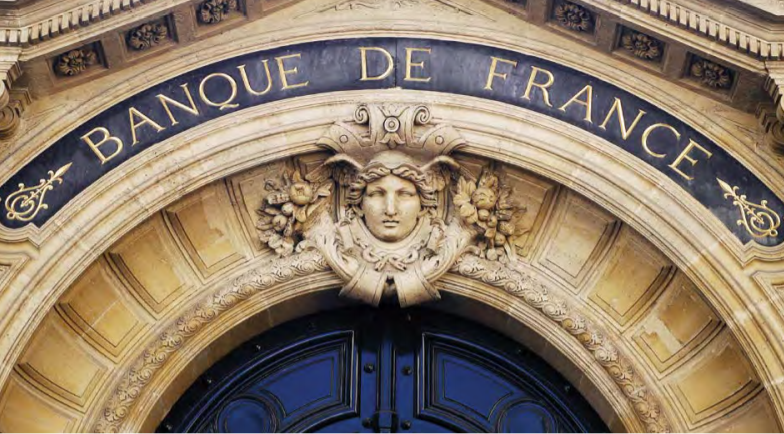The national central bank is conducting a series of eight tests to assess the suitability of a central bank digital currency under different scenarios. A useful contribution before considering the creation of this new form of currency.
The series of eight central bank digital currency (CBDC) experiments continues apace. After a third test announced earlier this week, the national central bank went back to work in the last few days between June 21 and 24.
The full programme should be completed by autumn 2021, as part of the Banque de France's contribution to the Eurosystem's broader reflection on the merits of an CBDC.
Settlement-delivery of an OAT
These tests are part of a call for applications and a project launched in March 2020. The objectives are to assess the suitability of launching this digital euro in different scenarios and situations, to check compatibility with existing systems and to verify that financial stability is not threatened by these innovations.
This time, the Banque de France successfully tested MNBC for the purpose of settlement of an OAT issue by Agence France Trésor (AFT), the agency in charge of debt management, with a group of players led by Euroclear, the settlement centre.
BNP Paribas, BNP Paribas Securities Services, Crédit Agricole CIB, HSBC Continental Europe and Société Générale participated in the transactions.
Issuance and secondary market
"The experiment consisted of the simulation on a permissioned blockchain of an issue (...) followed by the simulation of a set of secondary market transactions involving these securities. Cash settlements were simulated by central bank digital money issued on the blockchain", explains the Banque de France.
"From a technological point of view, the experimentation required the development and deployment of smart contracts so that the Banque de France could issue and control the circulation of MNBC tokens and that their transfer would be carried out simultaneously with the delivery of tokens representing OAT securities in the investors' portfolio".
The Banque de France says that this experiment has enabled it to test for the first time financial optimisation on the blockchain with repo (repurchase agreement or securities lending and borrowing) transactions, but also the synchronisation between the blockchain and the European securities settlement platform, Target2 Securities.
Last Friday, the experiment also used the CBDC to simulate the settlement of listed securities and thus trigger their delivery into TARGET2-Securities (T2S), the real-time trade settlement system.
Blockchain and smart contracts
On December 17, the Banque de France had launched an initial experiment for subscribing to investment fund shares with Iznes, a blockchain-based exchange platform created in 2017 by management companies.
At the end of April, it also participated in a bond issue by the EIB (European Investment Bank) on the ethereum blockchain with Société Générale and its subsidiary Forge.
Although the Banque de France does not communicate on the blockchain used for these last two operations, professionals perceive tezos as an increasingly interesting alternative to ethereum in terms of smart contracts, with numerous applications in the financial sector.
